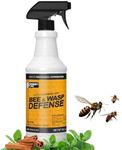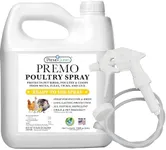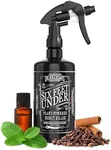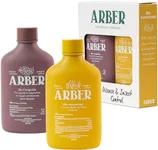Buying Guide for the Best Insecticides
Choosing the right insecticide can be a daunting task, but with the right knowledge, you can make an informed decision that best suits your needs. Insecticides are chemicals used to control or kill insects, and they come in various forms and formulations. Understanding the key specifications and how they align with your specific requirements is crucial for effective pest control. Here are some important factors to consider when selecting an insecticide.Active IngredientThe active ingredient is the chemical component that targets and kills the insects. This is important because different active ingredients are effective against different types of insects. For example, pyrethroids are commonly used for household pests, while neonicotinoids are effective against agricultural pests. To choose the right one, identify the specific insect problem you have and select an insecticide with an active ingredient known to be effective against that insect.
FormulationInsecticides come in various formulations such as sprays, dusts, granules, and baits. The formulation affects how the insecticide is applied and how it works. Sprays are good for immediate contact and quick knockdown, dusts are useful for hard-to-reach areas, granules are often used for soil treatment, and baits are effective for long-term control. Choose the formulation based on where and how you need to apply the insecticide.
Residual EffectThe residual effect refers to how long the insecticide remains active after application. This is important for ongoing pest control. Short-residual insecticides work quickly but need frequent reapplication, while long-residual insecticides provide extended protection but may pose a higher risk to non-target organisms. Consider how long you need the insecticide to be effective and how often you are willing to reapply it.
ToxicityToxicity indicates how harmful the insecticide is to humans, pets, and the environment. This is crucial for safety reasons. Insecticides are categorized into different toxicity levels, from low to high. Low-toxicity insecticides are safer for use around children and pets, while high-toxicity insecticides should be used with caution and proper protective equipment. Assess the safety requirements of your household or area and choose an insecticide with an appropriate toxicity level.
Mode of ActionThe mode of action describes how the insecticide affects the insect's body. This is important for managing resistance and ensuring effective control. Some insecticides work by disrupting the insect's nervous system, while others inhibit growth or reproduction. Using insecticides with different modes of action can help prevent insects from developing resistance. Identify the mode of action that will be most effective for your pest problem and consider rotating between different modes to maintain effectiveness.
Target PestDifferent insecticides are formulated to target specific pests. This is important to ensure that the insecticide you choose will effectively control the pest you are dealing with. Some insecticides are broad-spectrum and can target a wide range of insects, while others are narrow-spectrum and are designed for specific pests. Identify the pest you need to control and select an insecticide that is labeled for that pest.






















